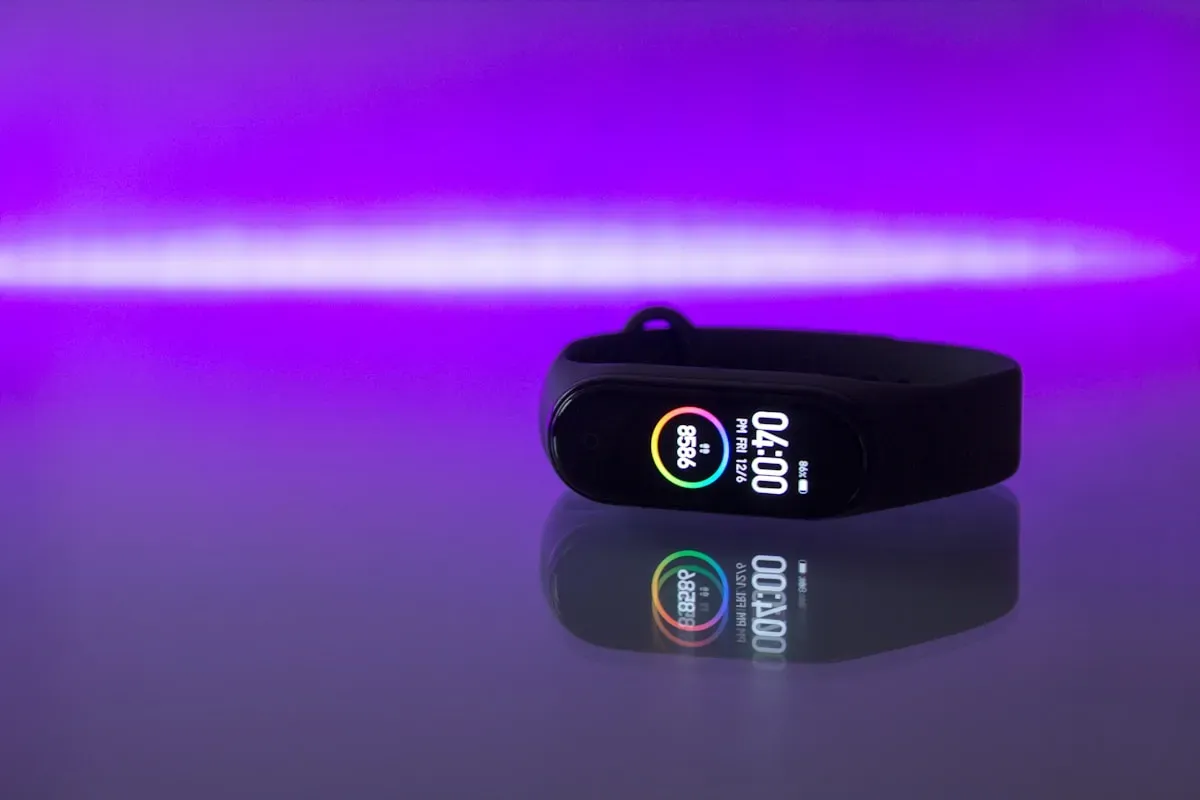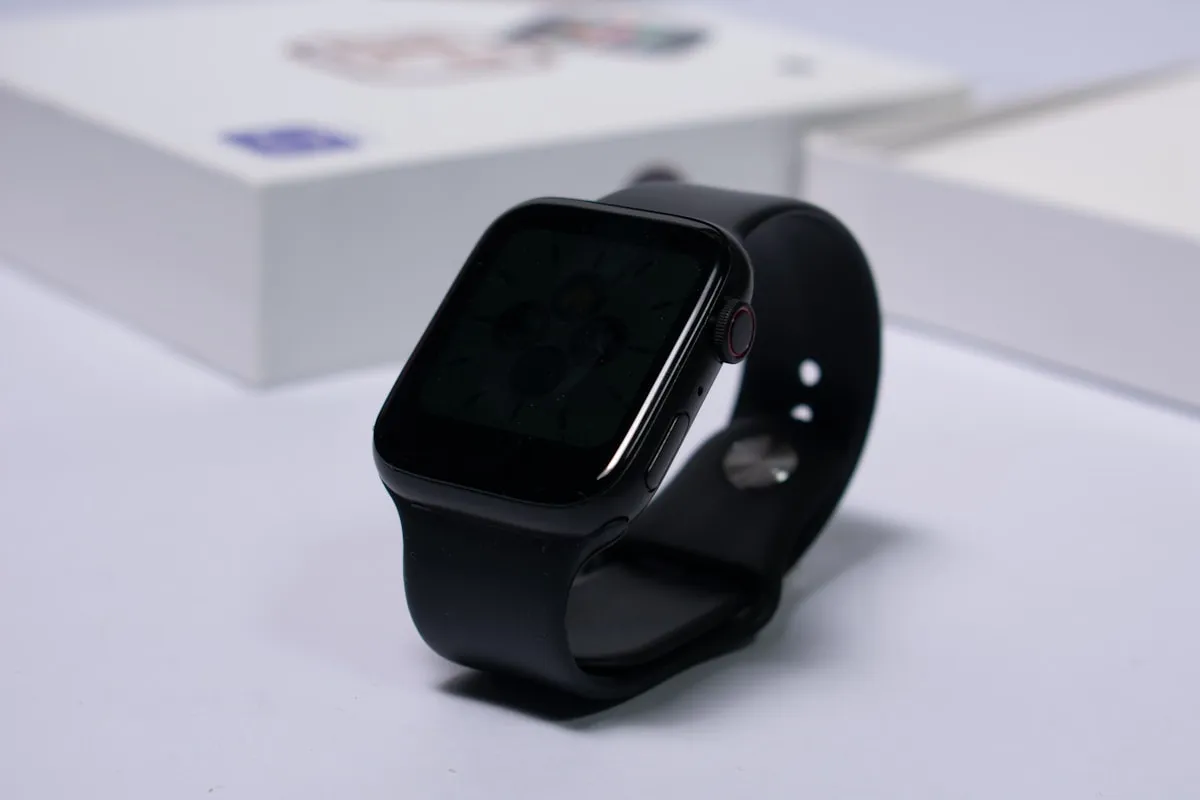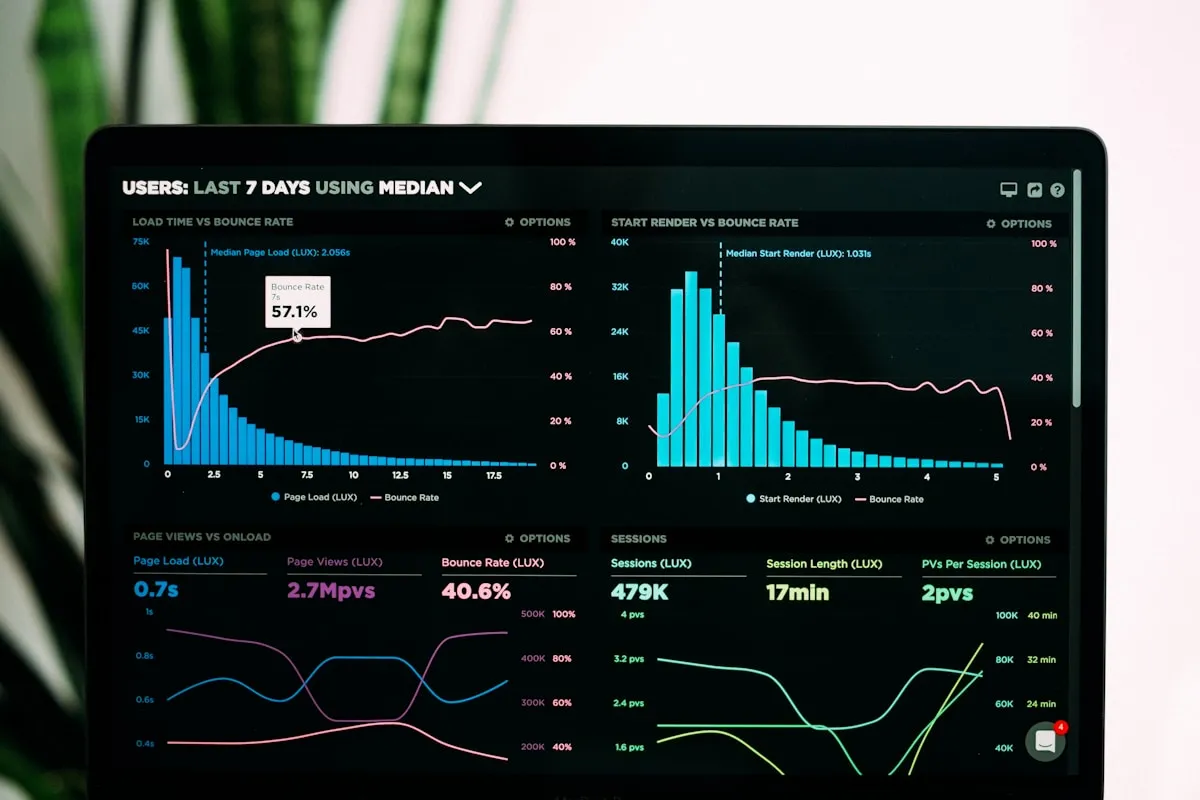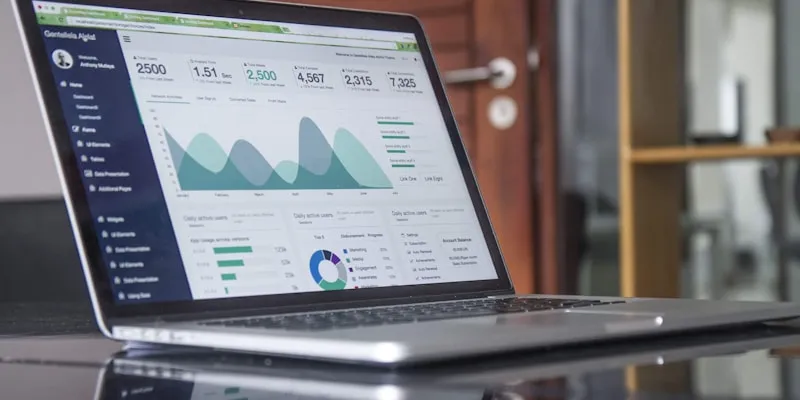The Crucial Role of AI in Wearable App Development – And Why It Matters for Your Business

2025-10-02 • by Will Coulter
The Crucial Role of AI in Wearable App Development – And Why It Matters for Your Business
Your smartwatch can count your steps, but what if it could predict a health crisis before it happens? That’s the transformative power of Artificial Intelligence in the world of wearables. Wearable app development is rapidly moving beyond basic tracking, with AI pushing the boundaries of what these devices can do. This combination isn’t just a tech trend; it’s a massive market shift, projected to skyrocket from USD 32.2 billion in 2025 to a staggering USD 368.4 billion by 2035, growing at a CAGR of roughly 27.6% (Fact.MR).
This growth is fueled by real-world, life-changing applications, such as a recent study that used Fitbits on children recovering from appendectomies, achieving 91% sensitivity in predicting postsurgical complications using vitals like step-count and heart rate. Combining user data, environmental factors, and powerful AI tools promises products that far outshine current offerings. For businesses considering wearable app development in Canada, the opportunity is substantial: the Canadian wearable technology market is poised to grow from $4.18 billion in 2024 to an anticipated $57.1 billion by 2035, with a CAGR of 26.83% (Market Research Future).
In this post, we’ll explore the evolution of the wearable market, analyze the converging power of AI and wearables, and discuss why prioritizing AI-driven wearable app development is critical for businesses today.
The Evolution of Wearables: From Pedometer to Predictive Partner

Wearable technology has moved from simple pedometers and early wrist-worn experiments to a mature ecosystem encompassing smartwatches, fitness bands, and medical-grade devices. The market today centers on wristwear (smartwatches and fitness trackers) but also includes medical wearables (continuous glucose monitors, remote patient-monitoring patches) and emerging form factors like smart glasses and apparel.
Commercial market estimates put global wearable revenues in the tens of billions, reflecting both consumer gadget demand and growing enterprise/medical spend. This robust growth is fueled by clear industry applications:
Healthcare: The pandemic accelerated the adoption of remote and wearable patient monitoring. Health systems increasingly rely on wearables for chronic disease management and remote triage, with regulators even issuing EUAs for certain devices.
Sports & Enterprise: Teams use wearables to monitor workload, recovery, and biomechanics. Enterprises deploy AR/VR headsets and worker wearables for safety, training, and productivity improvements.
The history of adoption, robust market growth, regulatory acceptance in health, and clear ROI in sports and enterprise collectively explain why wearables are rapidly embedding into multiple industries rather than remaining niche consumer gadgets.
AI: The Engine Driving Next-Gen Wearable App Development

Artificial Intelligence (AI) has become a transformative force in wearable technology, taking devices far beyond simple data collection. AI is the key to elevating a device from a reactive tracker to a proactive digital advisor.
Picture your smartwatch: it tracks and stores your vitals, but AI makes it capable of forecasting your health. By analyzing deep patterns in your heart rate, sleep, and activity, AI can:
Personalize Experiences: Detect stressful days before they hit and suggest solutions, or adjust your fitness plan on the fly.
Deliver Proactive Insight: The wearable shifts from telling you what happened to predicting what will happen, acting like a tiny personal coach strapped to your wrist.
Best of all, this technology is accessible. Organizations in healthcare, sports, and enterprise are already leveraging AI-powered wearables to deliver real, measurable results, marking the new standard for modern wearable app development.
The Absolute Business Advantage of AI-Powered Wearables

AI-powered wearables offer businesses a radical competitive edge across customer engagement, operational efficiency, and market positioning.
1. Hyper-Personalized Digital Symbiosis (Customer Engagement)
AI-powered wearables unlock an era of hyper-personalized digital symbiosis. By analyzing real-time biometric and behavioral data, your products move beyond mere tailoring to become prescient, proactive digital advisors. AI can intuit a customer’s next need before they realize it, delivering micro-moment marketing strategies that feel less like a pitch and more like perfectly timed, vital advice. This deep, continuous, and highly personalized connection—built on a long history of trust and vital data—forges a bond so strong that customer churn becomes an artifact of the past. Once a customer has a deeply personalized advisor living on their wrist, switching brands will feel like losing a part of themselves.
2. Predictive Omniscience (Operational Efficiency)
The operational advantages are nothing short of a quantum leap in efficiency. AI integration will not just automate routine tasks; it will introduce predictive omniscience. Think of systems that can anticipate equipment failure, workforce needs, and market shifts with uncanny accuracy. This radical foresight translates directly into massively streamlined processes, a near-zero margin for human error, and the ability to make critical, informed decisions in milliseconds. Businesses that move first won’t just be more productive; they’ll be operating on a whole new plane of efficiency.
In the race to own the future, AI-driven wearables are your ultimate competitive weapon. This is your chance to offer a solution so innovative, so integrated into the customer’s life, that it renders previous offerings obsolete. Companies that master this integration first will not just maintain a competitive edge—they will redefine the market entirely.
Challenges in AI-Powered Wearable App Development

While the potential is transformative, successful wearable app development that incorporates AI must navigate several complex challenges:
Data Privacy & Security: Wearables collect highly sensitive personal data. This constant flow heightens the risk of breaches. Developers must prioritize robust encryption, secure protocols, and transparent consent mechanisms to maintain user trust.
Development Complexity: Creating AI-powered wearables requires intricate hardware and software integration. Challenges include cross-platform compatibility, optimizing battery life, and maintaining device comfort. Furthermore, the limited computational power of wearables demands the development of lightweight, highly efficient AI models.
Regulatory Gaps: The swift advancement of AI technology often outpaces regulatory frameworks. This lag can lead to inconsistent safety standards, especially for medical-grade functions, and ethical concerns that development teams must proactively address.
Balancing User Experience: Designing a device that is both functional (with advanced features like real-time monitoring) and user-friendly on a small interface requires a delicate balance. Prioritizing essential information without overwhelming the user is a significant design challenge.
Your Structured Path to Launching an AI Wearable App (Canada Focus)

Launching an AI-powered wearable involves more than just software—it’s a complete product journey. Here is a structured path for businesses pursuing wearable app development, particularly in the rapidly growing Canadian market:
Define Your Vision & Strategy: Clearly identify the problem your wearable will solve (e.g., remote patient monitoring, enhanced sports performance). This guides your sensor choice, device design, and core AI features.
Conceptualize Hardware & Form Factor: Decide on the physical design (smartwatch, smart patch, etc.). Key Canadian considerations might include designing for durability in varied climates and ensuring long battery life for remote use.
Develop the Firmware & Embedded Systems: Build the bridge between sensors and software. This is critical for collecting data, managing energy consumption, and ensuring reliable wireless connectivity.
Build the Companion App: This is the user interface. It collects data, visualizes insights, and provides actionable recommendations. Developing cross-platform native apps is crucial for reaching the largest audience in North America.
Integrate AI & Data Analytics: Transform raw sensor data into predictive insights, personalized recommendations, and actionable alerts. Efficiency and accuracy of the AI model are paramount.
Pilot Testing & Iteration: Start small with pilot programs to validate features, gather user feedback, and identify issues before scaling to full production.
Full Production & Launch: Finalize the app and AI components. For wearable app development in Canada, consider launch strategies that address both English and French-speaking markets (bilingual support) for maximum user engagement.
Continuous Updates & Improvements: AI-powered wearables thrive on continuous learning. Regular updates keep the device accurate, relevant, and competitive.
Conclusion: Partnering for the Future of Wearable App Development

AI-driven wearables are transforming industries, offering personalized experiences, predictive insights, and efficiency gains that were once unimaginable. From healthcare to sports and enterprise, the technology is embedding itself as a strategic advantage for businesses that act early.
If you’re considering bringing AI into your wearable app development strategy—especially in the high-growth wearable app development Canada market—now is the time to act.
Whether you’re looking to explore pilot projects or develop a full-scale solution, Databending is ready to help you navigate the entire journey—from hardware prototyping and firmware to AI integration and cross-platform app development—turning innovative concepts into market-ready apps that deliver real, predictive value. Contact us today to start building the future of wearable tech.
Ready to transform your business with AI-powered wearable technology? Contact Databending to start your journey today.


